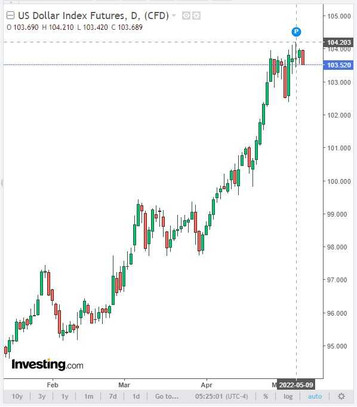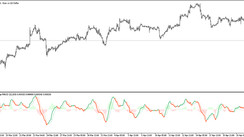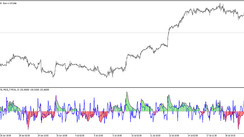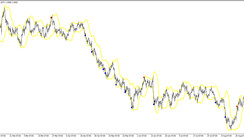After the head of the European Central Bank, Christine Lagarde, confirmed that the asset purchase program will be completed in the 3rd quarter of 2022 and outlined the timing of the interest rate hike, the first in ten years, the euro strengthened, and the EUR/USD pair rose to an intraday high of 1.0575.
The first increase in interest rates will occur some time after the end of the APP program, Lagarde said. "The time is not exactly determined yet, but I made it clear that we can talk about several weeks. After the first rate increase, we will adhere to the gradual normalization of monetary policy," she said.
Meanwhile, the market continues to remain in uncertainty about the prospects for ECB policy. A number of bank officials who are in favor of starting to raise interest rates are still in the minority, since most of the regulator's members consider the rise in prices to be temporary, based only on rising energy costs. Therefore, recognizing the need for tightening monetary policy, they are in favor of raising rates in the indefinite future.
Such uncertainty of the ECB's actions reduces the attractiveness of the euro, and the EUR/USD pair continues to trade in a long-term downtrend, near local 5-year lows and the 1.0500 mark.
Today at 12:30 (GMT) April data on consumer inflation in the US will be published. It is expected that the indicators will decrease slightly: CPI - from 8.5% to 8.1%, and the core consumer price index (Core CPI) - from 6.5% to 6.0%. If inflation still turns out to be higher than expected, then we should expect a serious strengthening of the dollar: the continued rise in prices will force the Fed to tighten monetary policy more actively.
Meanwhile, the DXY dollar index is down today after hitting a new 26-month high of 104.21 earlier this week. At the time of publication of this article, futures for the DXY dollar index are traded near 103.52, however, still retaining the potential for further growth.

The Federal Reserve is actively scaling back stimulus by raising interest rates and shrinking its own balance sheet. As you know, last week the Fed raised interest rates by 0.50% at once, which was the strongest increase in more than twenty years.
A key factor for the Fed and its aggressive approach to roll back stimulus remains its forecast for inflation, which has topped the highs of the last 40 years.
While Fed officials insist that inflation should come down, key drivers of inflation, such as energy and food prices, are on the rise.





